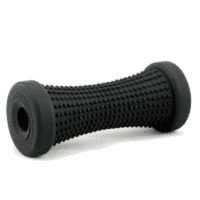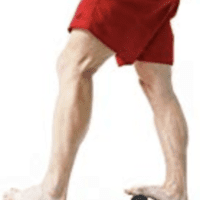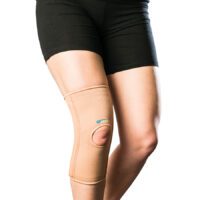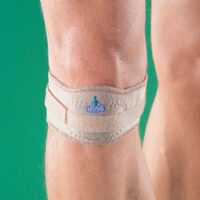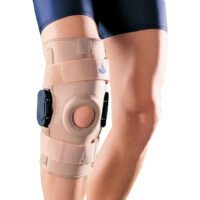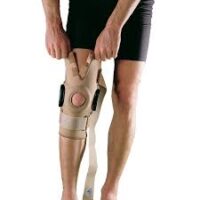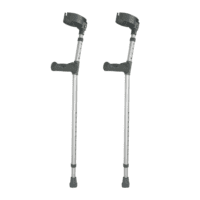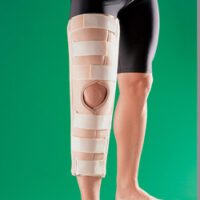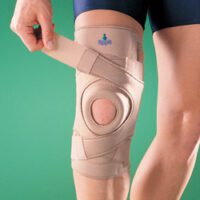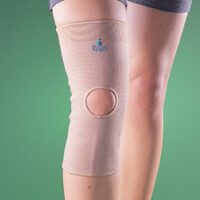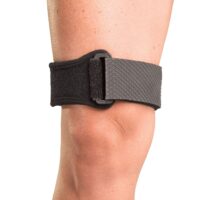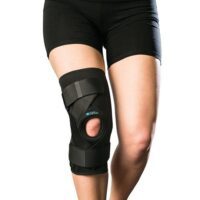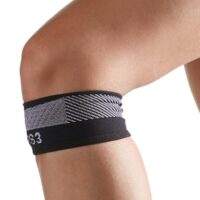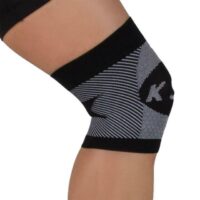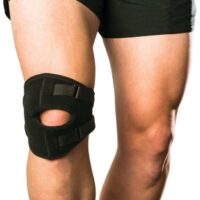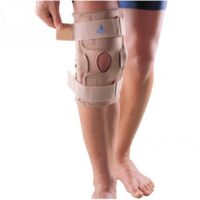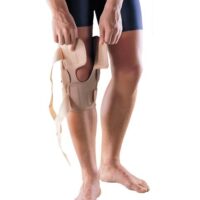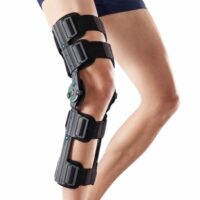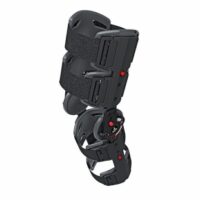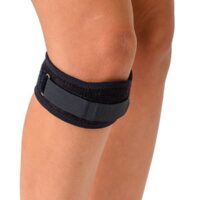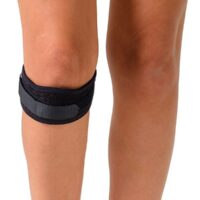Pes Anserinus
Article by John Miller

Pes Anserinus
Introduction to Pes Anserinus
Pes anserinus, or “goose’s foot”, refers to the area on the inner knee where the tendons of three muscles – the gracilis, sartorius, and semitendinosus – converge. This unique structure plays a crucial role in knee stability and movement.
What is Pes Anserine Bursitis?
Beneath these tendons lies a bursa, a small fluid-filled sac that reduces friction between the tendons and the bone. Inflammation of this bursa leads to a condition known as Pes Anserine Bursitis. It often results in pain and discomfort in the inner knee.
Pes Anserine Tendinopathy: A Related Concern
Closely associated with bursitis, Pes Anserine Tendinopathy involves inflammation of the aforementioned tendons. These conditions frequently occur together due to their anatomical proximity.
Causes and Risk Factors
Factors that contribute to the development of Pes Anserine Bursitis/Tendinopathy include:
- Repetitive activities like running or dancing
- Poor biomechanics in the hip, knee, or ankle
- Pre-existing knee conditions such as osteoarthritis
- Inadequate warm-up and stretching routines
- Muscle imbalances
- Unsuitable footwear
- Sudden increases in physical activity
Identifying Symptoms
Symptoms typically include:
- Pain in the inner knee during movement
- Swelling in the inner knee area
- Reduced knee motion due to pain
- A sensation of weakness or instability in the knee
Diagnosis: The First Step to Recovery
A thorough clinical examination by a physiotherapist or sports doctor is often sufficient for diagnosis, supplemented by imaging tests like MRI or ultrasound when necessary.
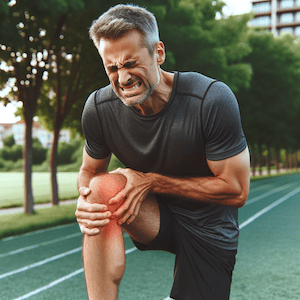
Effective Treatment Strategies
Physiotherapy treatment focuses on:
- Alleviating pain and inflammation
- Restoring normal joint movement
- Stretching and strengthening exercises for knee muscles
- Improving overall lower limb strength and function
- Enhancing balance and proprioception
Prevention: The Best Cure
To prevent Pes Anserine Bursitis/Tendinopathy:
- Correct exercise techniques
- Ensure proper warm-up and cool-down routines
- Address muscle imbalances
- Choose appropriate footwear
- Gradually increase training intensity
Returning to Sports: A Gradual Process
Athletes should follow a comprehensive rehabilitation program before returning to sports, ensuring a gradual and safe reintroduction to their activities.
New Research and Insights
Recent studies have highlighted the importance of targeted physiotherapy in treating Pes Anserine Bursitis/Tendinopathy. Biomechanical correction from a thorough assessment of control and motion of the entire lower limb is critical.
Conclusion: Empowering Your Recovery
Understanding Pes Anserinus conditions is the first step towards effective treatment and prevention. With the right approach, most individuals can achieve a full recovery and return to their normal activities.
Seeking Professional Advice
Remember, a personalised assessment and treatment plan from a qualified physiotherapist are essential for optimal recovery. If you’re experiencing knee pain or suspect Pes Anserine Bursitis/Tendinopathy, don’t hesitate to consult a professional.





